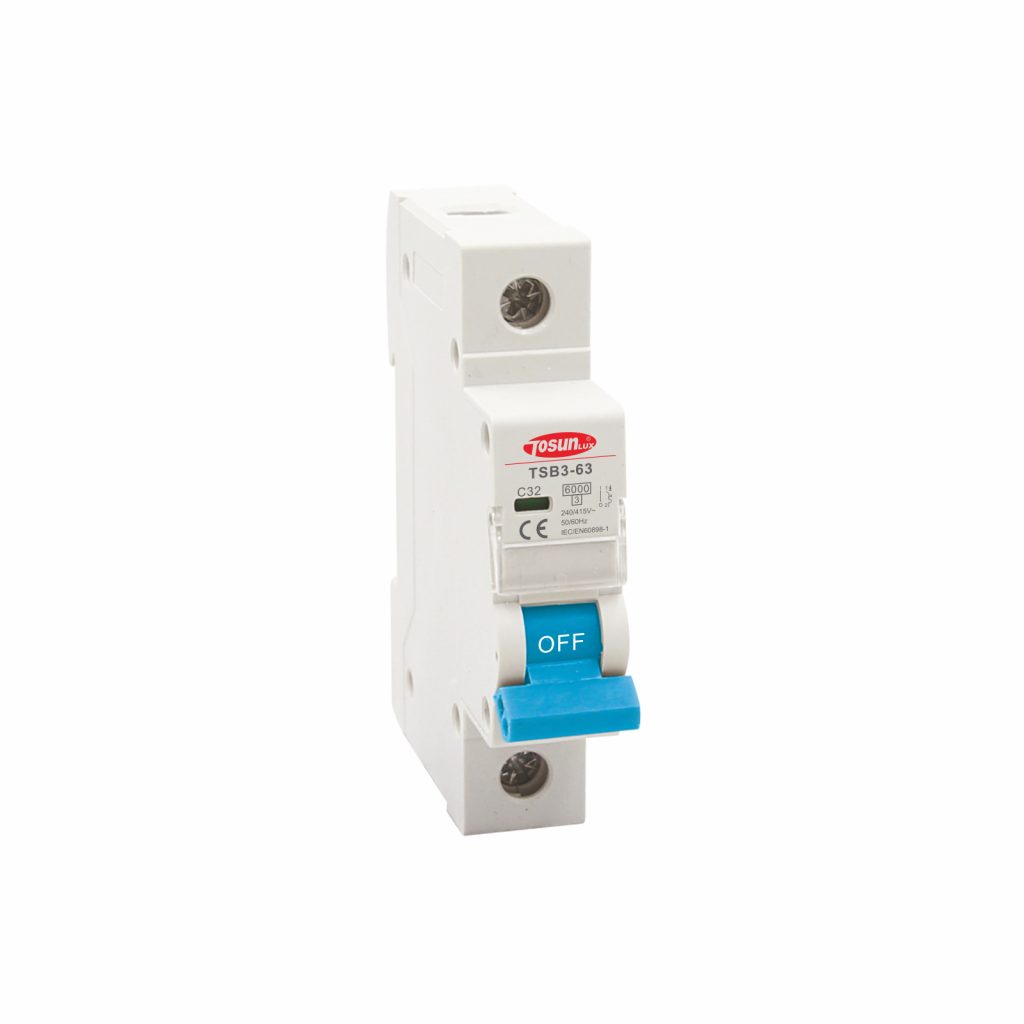Fused Disconnect Switch vs Circuit Breaker
Table of Contents
ToggleOverload protection comes in two main forms – fused disconnect switches and circuit breakers. Both open overloaded circuits, but have distinct ways of detecting issues and interrupting current flow.
- Fused switches rely on melted fuse elements to open circuits
- Circuit breakers have internal bimetal trip mechanisms
- Fuses allow very fast clearing in high-current situations
Understanding a few key variances helps select the best choice.
What is a Fused Disconnect Switch?
A fused disconnect switch combines a manually-operated knife switch with one or more fixed current-rated fuses wired in series. During normal operation, contacts remain closed and allow unimpeded current flow to downstream equipment. No action occurs until an overload or short circuit event heats fuse elements beyond their capacity.
At this point, the conductive metal literally melts and visually opens the circuit with certainty. Fused switches then require replacement of blown fuse elements before re-closing contacts. No resetting exists as with breakers – just replacement.
Related Reading: What is a Fuse Switch Disconnector?
What is a Circuit Breaker?
A circuit breaker relies on an internal bimetal strip that predictably deforms under sustained overcurrent heat. The bimetal bending eventually releases a latch and trips open contacts to stop current flow.
After cooling and manually toggling the handle off/on, the breaker can resume normal operation without replacement parts. This resettability contrasts with fused switches.
Fused Disconnect Switch vs Circuit Breaker – Key Differences
Here are a few key differences between the two variations:
- Clearing Severe Overloads
Thanks to the very fast melting of calibrated fuse elements, fused disconnects excel at clearing massive short-circuit currents before catastrophic damage can occur downstream.
Fuses open in under a quarter second in worst-case faults – much quicker than even fast electronic-trip circuit breakers. This superior response time makes fuses an ideal choice for protecting sensitive loads.
- Handling Temporary Overloads
While circuit breakers respond slower to huge currents, their bimetal strips withstand temporary inrush spikes better and open slower on minor overloads.
After nuisance trips, breakers also conveniently reset with just a toggle of the handle. So for circuits prone to frequent sub-trip level events, breakers avoid unnecessary downtime better than more sensitive fuses.
- Adjustability
An advantage of circuit breakers is dialing in trip parameters like amperage ratings and trip curve characteristics using adjustable components and multiple mechanisms. This tunability suits the protector to the protected circuit’s needs.
In contrast, fuses have fixed clearing profiles based on properties of the fuse link metal that cannot be adjusted. You must install properly-rated fuses from the start.
- End-of-Life Behavior
When a fuse blows, the expended element must get fully replaced to restore operation – an important maintenance consideration. Circuit breakers continue working reliably despite repeated faults, assuming contacts aren’t badly eroded. No replacement parts are ever needed. Just reset and resume service after any overloads.
Conclusion
Understanding where fused disconnect switches excel versus circuit breakers leads to better protector selection and safer electrical system operation. Consider clearing needs, flexibility, and maintenance factors when deciding between these two alternatives.
For all your power protection equipment needs, TOSUNlux offers premium UL-rated fuses, breakers, safety switches, and more. Contact us today!
Tel: +86-577-88671000
E-mail: ceo@tosun.com
Skype: tosunelectric
Wechat: +86-139 6881 9286
WhatsApp: +86-139 0587 7291
Address: Room No.1001 Wenzhou Fortune Center,Station Road, Wenzhou, China
REQUEST A QUOTE
WhatsApp us
 : +86-139 0587 7291
: +86-139 0587 7291 English
English Español
Español Русский
Русский Français
Français العربية
العربية Português do Brasil
Português do Brasil Українська
Українська Türkçe
Türkçe Polski
Polski Nederlands
Nederlands Italiano
Italiano Bahasa Indonesia
Bahasa Indonesia हिन्दी
हिन्दी اردو
اردو አማርኛ
አማርኛ Հայերեն
Հայերեն ไทย
ไทย Монгол
Монгол فارسی
فارسی Shqip
Shqip Ελληνικά
Ελληνικά



